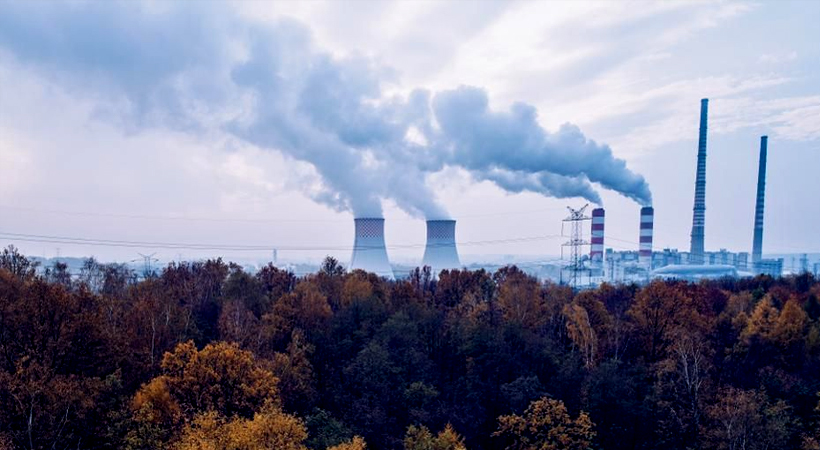Air Pollution Accelerates Worsening Of Bone Health.
Source: Thailand Medical News Jan 06, 2020 5 years, 3 months, 2 weeks, 6 days, 21 hours, 53 minutes ago
Although some of the effects of
air pollution on health are well documented ie lung cancer, stroke, respiratory diseases, and a long etcetera, but for many others there is less scientific evidence. Such is the case of
bone health: there are only a few studies and results are inconclusive. Now, a study in India led by the Barcelona Institute for Global Health (ISGlobal) has found an association between exposure to
air pollution and poor
bone health.

Typically,
osteoporosis is a disease in which the density and quality of the
bone is reduced. Globally, it is responsible for a substantial burden of disease and its prevalence is expected to increase due to aging of the population.
The research study performed by the CHAI Project, led by ISGlobal and published in
Jama Network Open, analyzed the association between
air pollution and
bone health in over 3,700 people from 28 villages outside the city of Hyberabad, in southern India.
The researchers used a locally developed model to estimate outdoor exposure at residence to
air pollution by fine particulate matter (suspended particles with a diameter of 2.5 μm or less) and black carbon. The participants also filled a questionnaire on the type of fuel used for cooking. The authors linked this information with
bone health assessed using a special type of radiography that measures
bone density, called dual-energy X-ray absorptiometry, and measured
bone mass at the lumbar spine and the left hip.
The study findings showed that exposure to ambient
air pollution, particularly to fine particles, was associated with lower levels of
bone mass. No correlation was found with use of biomass fuel for cooking.
Dr Otavio T. Ranzani, ISGlobal researcher and first author of the study told
Thailand Medical News, "This study contributes to the limited and inconclusive literature on
air pollution and
bone health. Inhalation of polluting particles could lead to bone mass loss through the oxidative stress and inflammation caused by
air pollution."
In the study, annual average exposure to ambient PM2.5 was 32.8 μg/m
3, far above the maximum levels recommended by the World Health Organisation (10 μg/m
3). Also, 58 percent of participants used biomass fuel for cooking.
Dr Cathryn Tonne, coordinator of the study and of the CHAI project added, "Our findings add to a growing body of evidence that indicates that particulate
air pollution is relevant for
bone health across a wide range of
air pollution levels, including levels fo
und in high income and low-and medium income countries."
Reference: Association of Ambient and Household Air Pollution With Bone Mineral Content Among Adults in Peri-urban South India, Otavio T. Ranzani, MD, PhD1; Carles Milà, MSc1; Bharati Kulkarni, MD, PhD2; et alSanjay Kinra, MD, PhD3; Cathryn Tonne, MPH, ScD1 JAMA Netw Open. 2020;3(1):e1918504. doi:10.1001/jamanetworkopen.2019.18504
